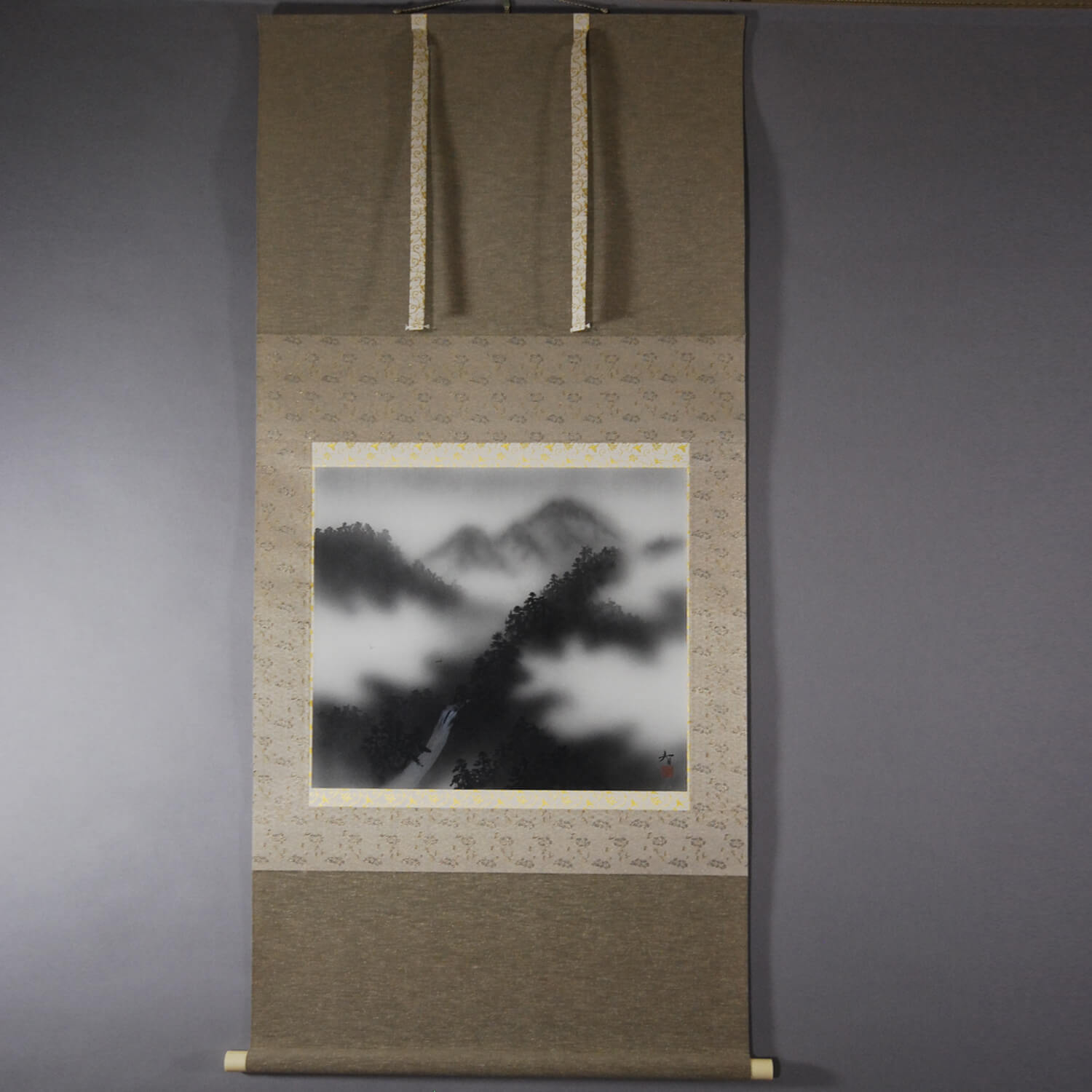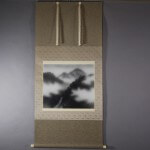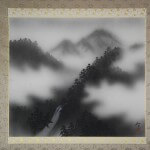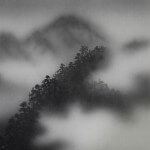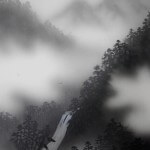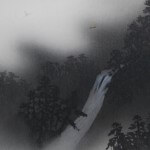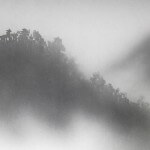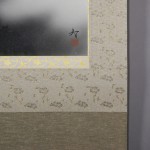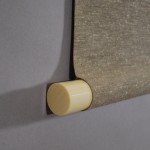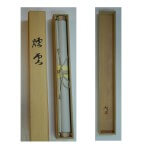Products Lineup
News / Blog
Other Menus
Landscape Painting: Smoke and Cloud / Katō Tomo - En-un
- Product ID
- 0002
- Name
- Katō Tomo
- Profile
Born: 1947. Member of the Nitten Exhibition. Disciple of both Kodama Kibō and Okuda Gensō.
- Size
- 725mm x 1500mm
- Roller End Material
- Artificial ivory
- Material of the Work
- Silk
- Price
- JPY 400,000
- Payment: Click the Paypal Mark
- Duty and Taxes
Import duty and taxes are beyond our control and may apply to your shipment. Please noted that these fees are the responsibility of the buyer.
- Reference
- Description
Katō Tomo is an excellent painter of “suiboku-ga” (ink painting) on silk in the contemporary Japanese-style painting world. He has created many excellent works. Katō Tomo used a very dark black “sumi” (ink) on silk. This secret technique was handed down by Kodama Kibō (his master 1898-1971) to him. Even Sugihara Genjin (1912-2009), who was Kato’s senior fellow disciple, couldn’t learn it. Painters who can use this technique effectively are rare in the contemporary Japanese-style painting world. It is the reason that Katō Tomo’s suiboku-ga on silk are highly regarded.

